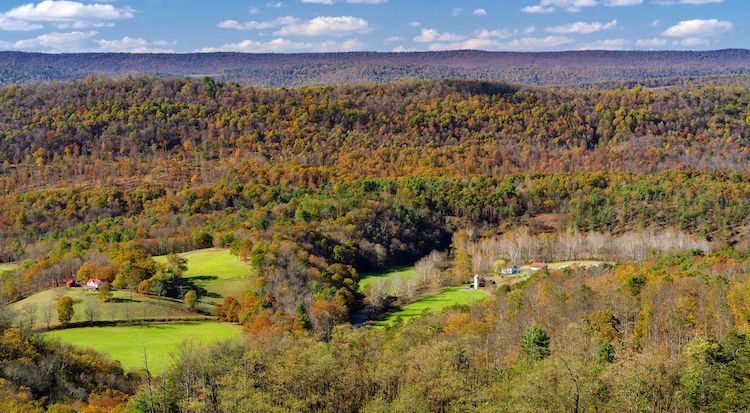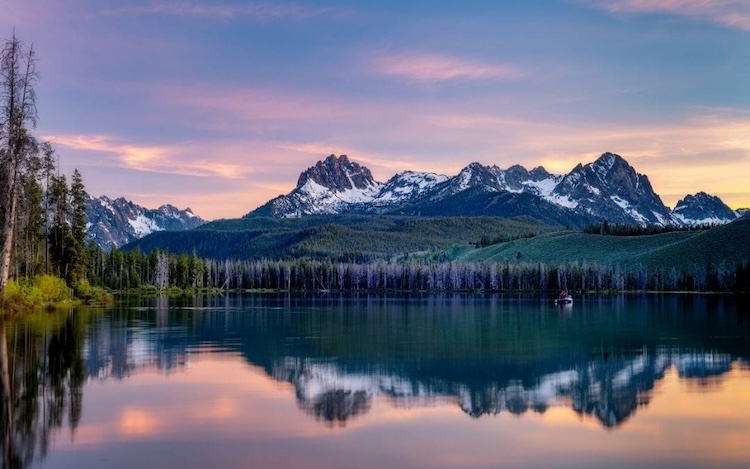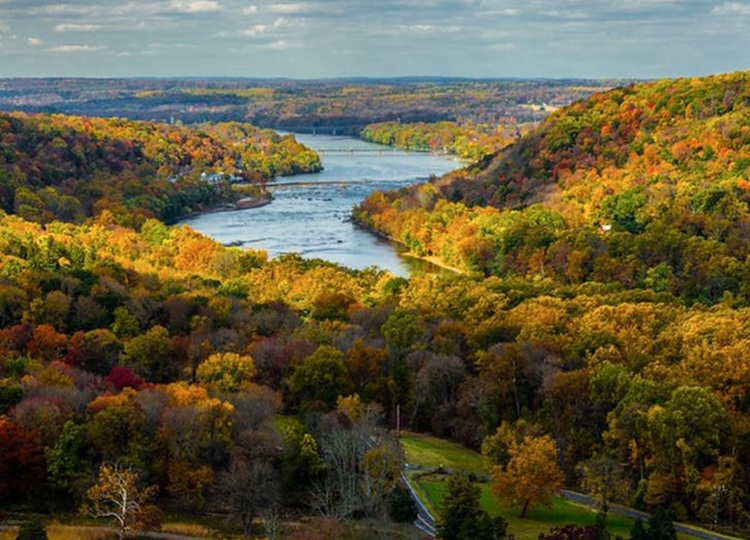Rockhounding in Virginia: Best Locations and Rocks Found in Virginia
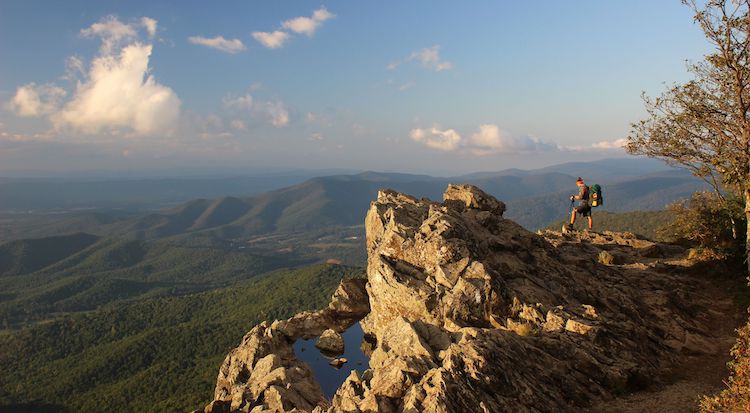
If you are in Virginia and in the mood for some rockhounding, you will be happy to know that the state has some of the best mining spots and minerals. Today, we will explore the best spots for rockhounding in Virginia, along with popular gemstones found in the state.
Virginia is home to the Appalachian Mountains, making it great for rockhounding, thanks to its geology. With its diverse geological landscape, Virginia offers rockhounding enthusiasts a plethora of opportunities to discover hidden gems beneath its surface.
From the rugged mountains of the Blue Ridge to the tranquil wetlands, the state is a treasure trove for those who appreciate the thrill of finding unique rocks, minerals, and fossils.
How We Picked the Top Places for Rockhounding in Virginia
In order to find the best spots in Virginia for rockhounding, we had to consider a lot of things. It can be tough to find the information we need to shortlist the best places. Here are a few things we took into consideration:
- Input from local gem hunting associations and groups.
- The safety of the mining location and the potential hazards.
- The accessibility of the mining spot.
- Private and public locations.
Rocks and Minerals Found in Virginia
You will be delighted to know that Virginia has a huge variety of rocks and minerals found across the state. Virginia is mostly known for its Amethyst gemstones, but it is abundant in other minerals and rocks as well.
Rare Rocks Found in Virginia
- Amethyst
- Garnet
- Amazonite
- Epidote
- Sodalite
- Kyanite
- Staurolite
Common Rocks Found in Virginia
- Calcite
- Granite
- Limestone
- Quartz
- Pyrite
- Feldspar
- Mica
- Iron Ore
Our Favorite Spots for Rockhounding in Virginia
Let’s delve into some of the best sites for rockhounding in Virginia, each with its charm and geological wonders waiting to be unearthed.
1. Walker Mountain
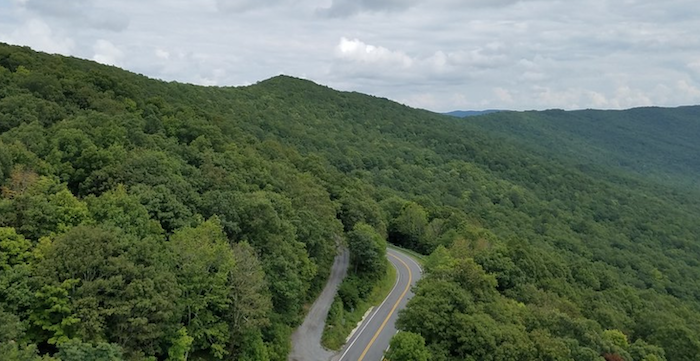
Nestled in the heart of the Jefferson National Forest, Walker Mountain is a rockhound’s paradise. The area is renowned for its diverse mineral deposits, including quartz crystals, agate, garnets, and even the elusive amazonite.
The mountain’s rocky terrain provides an exciting challenge for collectors, offering a chance to discover specimens that range from small, intricate crystals to larger, more dramatic formations.
As you explore the slopes of Walker Mountain, keep an eye out for the vibrant green hues of amazonite, a feldspar mineral that adds a touch of elegance to any rock collection.
2. Galax

Known as the “Gateway to the Blue Ridge,” Galax is a charming town that serves as a gateway for rockhounding adventures in the surrounding areas.
The region is abundant in minerals such as kyanite, garnet, and quartz. Galax provides a convenient base for rockhounds to explore nearby sites, combining the joy of collecting with the hospitality of a welcoming community.
The accessibility and variety of minerals make Galax an ideal starting point for those new to rockhounding or looking for a family-friendly adventure.
Some of the gemstones you can find in Galax are:
- Apatite
- Pyrite
- Selenite
- Calcite
- Chalcopyrite
- Vivianite (dark blue)
- Rutile crystals
3. Tye River Gap
For rockhounding enthusiasts seeking a variety of minerals, Tye River Gap is a must-visit location. Situated in Nelson County, this site is known for its deposits of tremolite, diopside, and actinolite.
The geological history of the region has left behind an intriguing mix of metamorphic rocks, creating an ideal environment for mineral formation.
Tye River Gap offers collectors the chance to unearth stunning specimens with a range of colors and textures, making it a rewarding destination for both beginners and seasoned rockhounds.
In Tye River Gap, you will be able to find specimens of:
- Beryl
- Quartz
- Unakite
- Epidote
3. Chestnut Creek Wetlands
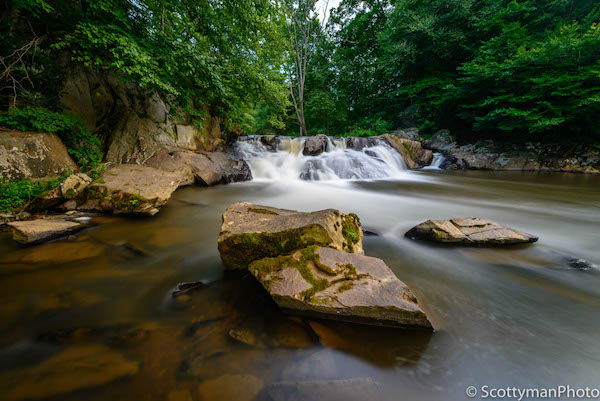
Venturing into the world of rockhounding doesn’t always require scaling mountains or exploring rugged terrains.
The Chestnut Creek Wetlands, located in Grayson County, offer a more serene setting for those who prefer a different kind of rockhounding experience.
The wetlands are home to a variety of rocks and minerals, including quartz crystals and agates. The gentle, meandering waterways provide a tranquil backdrop for collectors to enjoy their hobby while surrounded by the beauty of nature.
4. Peaks of Otter near the Blue Ridge Mountains
As the name suggests, the Peaks of Otter near the Blue Ridge Mountains are a geological marvel waiting to be explored. This site boasts a diverse range of minerals, including epidote, garnet, and magnetite.
The varied rock formations found here tell the story of the region’s tumultuous geological past. Collectors can appreciate the scenic beauty of the Blue Ridge Mountains while searching for unique specimens that showcase the intricate processes that shaped the landscape over millions of years.
Some of the common rocks found in the area around Peaks of Otter are:
- Amethyst
- Quartz
- Tourmaline
- Feldspar
- Columbite
- Beryl
- Garnet
5. Stockton Creek
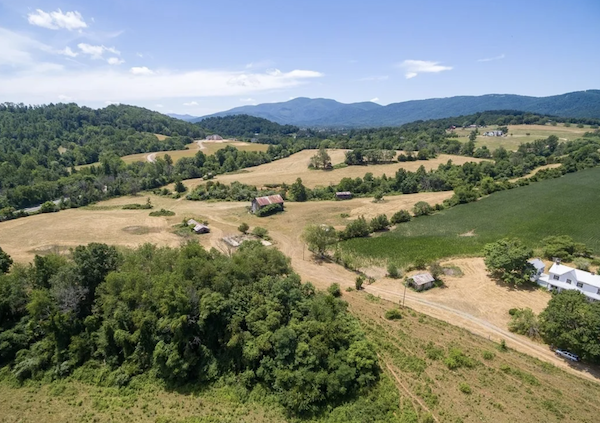
Heading southwest to Wythe County, rockhounding enthusiasts will find the picturesque Stockton Creek, a hidden gem for fossil collectors.
The creek’s sedimentary layers contain an array of marine fossils, including brachiopods, trilobites, and cephalopods. The place is also rich with amethyst deposits.
The tranquility of Stockton Creek adds to the overall experience, allowing collectors to enjoy the natural beauty of the area while discovering remnants of ancient sea life embedded in the rocks.
6. Ashland Mill
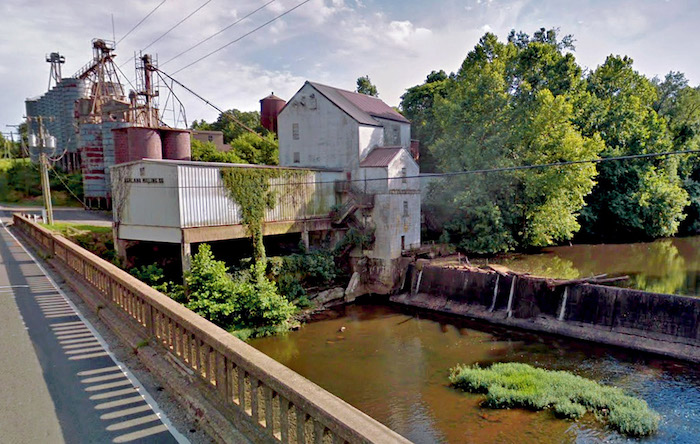
Richmond, Virginia, may not be the first place that comes to mind for rockhounding, but the Ashland Mill site challenges that perception.
This location is celebrated for its fossil-rich deposits, particularly those from the Miocene epoch. Fossils of marine life, including shark teeth, are commonly found in the sedimentary layers exposed at Ashland Mill.
Collectors can step back in time and discover remnants of ancient oceans, providing a unique perspective on Virginia’s geological history.
Common rocks found in the Ashland Mill area are:
- Mica
- Quartz
- Amazonite
- Feldspar
- Moonstone
- Rutile
- Kyanite
Other Gem Mining Spots in Virginia
In addition to the popular gem mining spots mentioned above, there are some other excellent sites in Virginia that you can check out. Here’s a list:
Western Virginia Rockhounding Sites
Rockhounding enthusiasts may find that Western Virginia stands out as the prime location for their pursuits. The region is characterized by the richly mineralized Appalachian mountains, crisscrossed by numerous pegmatites.
Some of the best places for rockhounding in Western Virginia are:
- Pipers Gap – Talc, Hornblade, Serpentine
- Hillsville – Shpalerite, Azurite, Chalcocite, Pyrite, Galena
- Laurel Fork – Quartz
- Floyd – Quartz crystals
- Chestnut Mountain – Quartz, Tourmaline, Garnet
- Glade Hill – Aparite Crystals
- Hurricane Knob – Kyanite
- Salem – Agate (smoky)
Central Virginia Rockhounding Sites
Central Virginia is popular for its Amethyst deposits. Amethyst can be found in gravels and fields all across the area. Here are some of the best places to check out in Central Virginia for rockhounding.
- Buck Mountain Creek – Agate
- Charlottesville – Amethyst
- Cove Creek – Amethyst
- Stockton Creek – Amethyst
- Faber – Azurite, Fluorite, Quartz, Galena, Sphalerite, Smithsonite
- Amelia County – Fluorite
- Amherst – Amethyst (gem quality)
- Fancy Hill – Quartz, Amethyst
- Bedford – Moonstone
- Lynchburg – Virginia Greenstone, Pyrite, Kyanite, Calcite, Epidote
- Brookneal – Amethyst
- Montebello (Irish Creek) – Moonstone (blue)
- Sayler’s Creek – Amethyst, Quartz
Eastern Virginia Rockhounding Sites
- Arlington (Spout Run) – Jasper
- Centreville – Amethyst
- Byrd Creek – Quartz, Gold
- North Anna Battlefield Park – Moonstone
- Bacon Hallow – Unakite
- Trevillians – Quartz, Amethyst
- Rose River – Unakite, Epidote, Quartz, Jasper, Chert
- Ida (Hawkbill Creek) – Jasper, Malachite, Azurite, Epidote
- Jolett (Skyline Drive) – Zircon, Unakite, Apatite
- Minnieville – Amethyst, Quartz
- Stafford County – Vivianite
Where to Find Amazonite in Virginia?

Amazonite is the state gemstone of Virginia and is found throughout the state. The best place to find Amazonite in Virginia is Morefield Mines. It is located in Amelia County and is known for its abundance of high-quality Amazonite gemstones.
Other places to look for Amazonite in Virginia are:
- Mottley Mine
- Nettie Taylor Mine
- Amelia Court House Mines
- Stream gravels and fields across Ashland Mill
- Dobbin Prospect
Is Rockhounding Legal in Virginia?
Rockhounding is considered legal in Virginia, but there are some important laws and regulations that one should be aware of. The state’s laws regarding rockhounding primarily focus on the collection of rocks, minerals, and fossils from public lands.
On public lands managed by federal agencies such as the National Forest Service and the Bureau of Land Management (BLM), rockhounding is often permitted for personal, non-commercial use. However, specific rules and regulations may vary by location, and it’s essential to check with the managing agency for any restrictions or permits required.
If you intend to collect rocks on private property, always obtain permission from the landowner. Trespassing without permission is not only unethical but may also lead to legal consequences.
Before embarking on a rockhounding adventure in Virginia, it is crucial to research and understand the specific regulations and guidelines applicable to the chosen location.
For more details, make sure to check out the state laws on the website of the Virginia Department of Mines, Minerals, and Energy (DMME).
Important Tips for a Successful Rockhounding Trip
- Research and Preparation: Before embarking on a rockhounding adventure, conduct thorough research on the specific minerals and fossils found in each location. Familiarize yourself with the geological history of the area to enhance your understanding of what to look for.
- Safety First: Always prioritize safety during rockhounding expeditions. Wear appropriate gear, including sturdy shoes, gloves, and safety glasses.
- Tools: Pack essential rockhounding tools, such as a rock hammer, chisels, a magnifying glass, and containers for collecting specimens. A field guidebook specific to the minerals and rocks in the region can be a valuable resource.
- Time of your visit: Consider the time of year and weather conditions when planning your rockhounding excursion. Some sites may be inaccessible or less enjoyable during certain seasons, so plan accordingly for the best experience.
- Respect the environment: Leave no trace and respect the natural environment. Follow ethical collecting practices, and avoid damaging vegetation or disturbing wildlife. Adhere to any regulations or guidelines set by the landowners or authorities.
Conclusion
Virginia’s diverse geological landscape offers rockhounding enthusiasts a myriad of opportunities to unearth nature’s hidden treasures. From the mountainous terrains to the serene wetlands, each location on this list provides a unique experience for collectors of all levels.
As you embark on your rockhounding adventures, remember to embrace the thrill of discovery, respect the environment, and enjoy the beauty of the natural world beneath your feet. Happy rockhounding!



